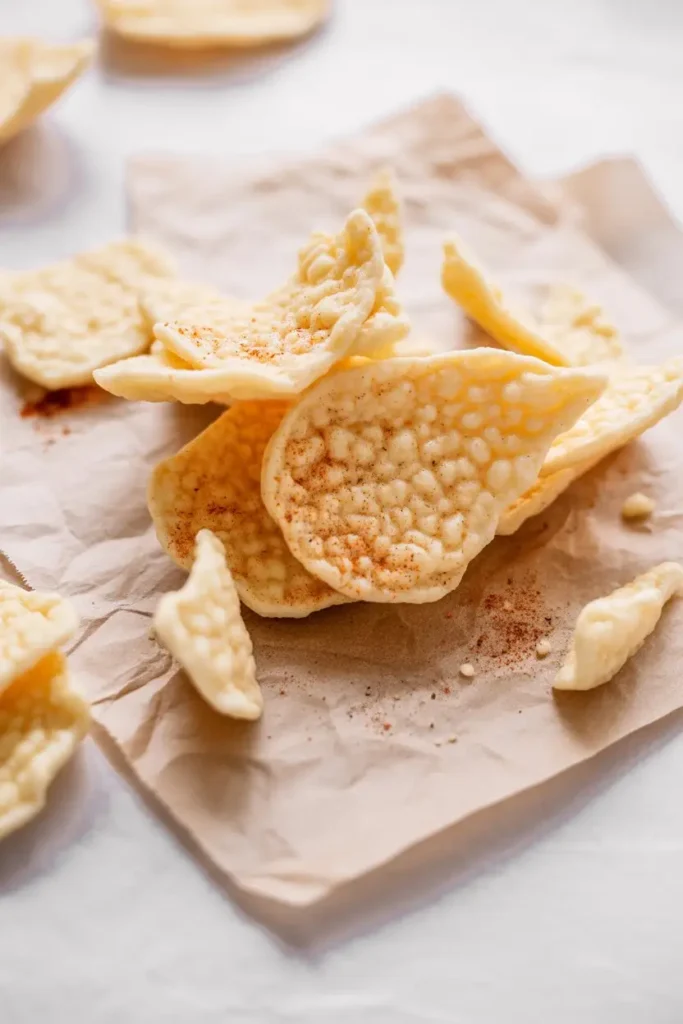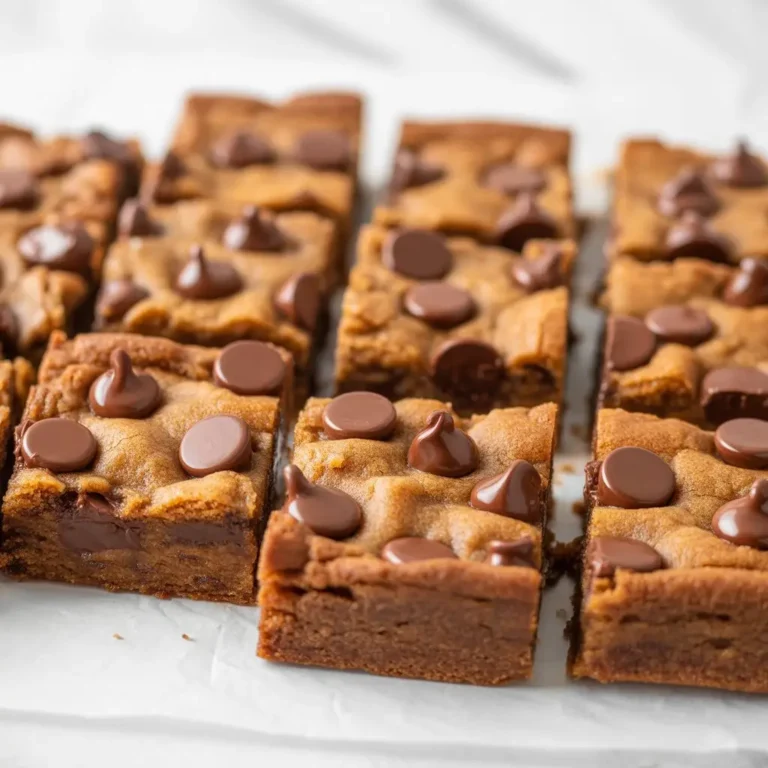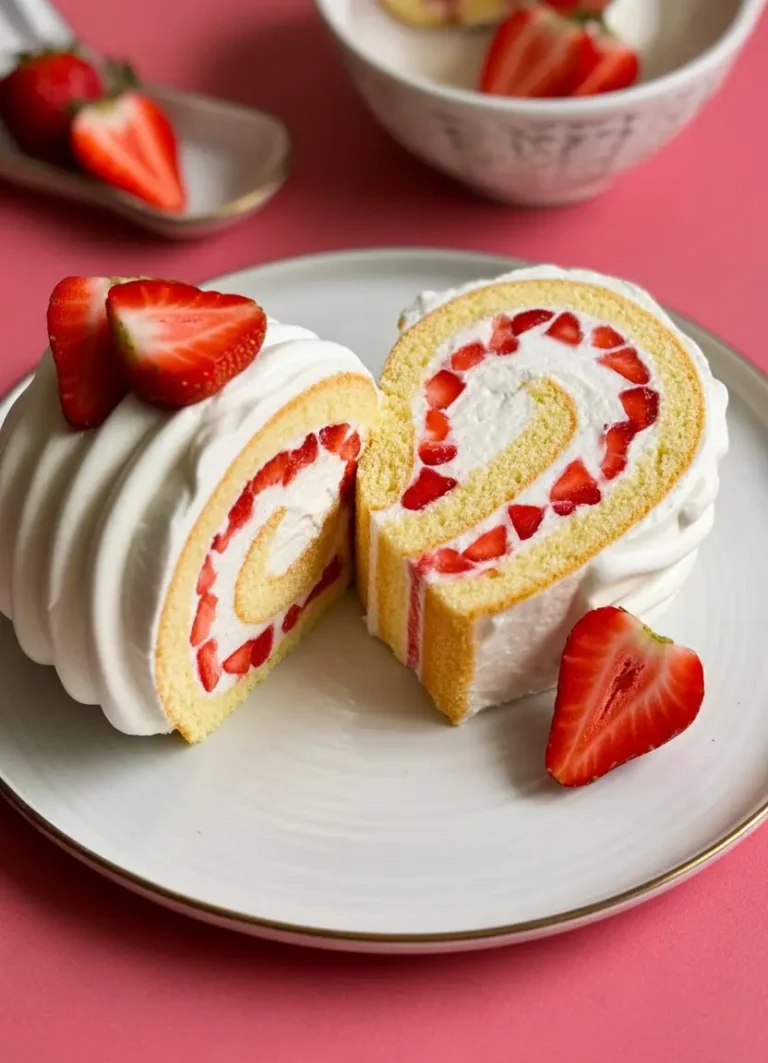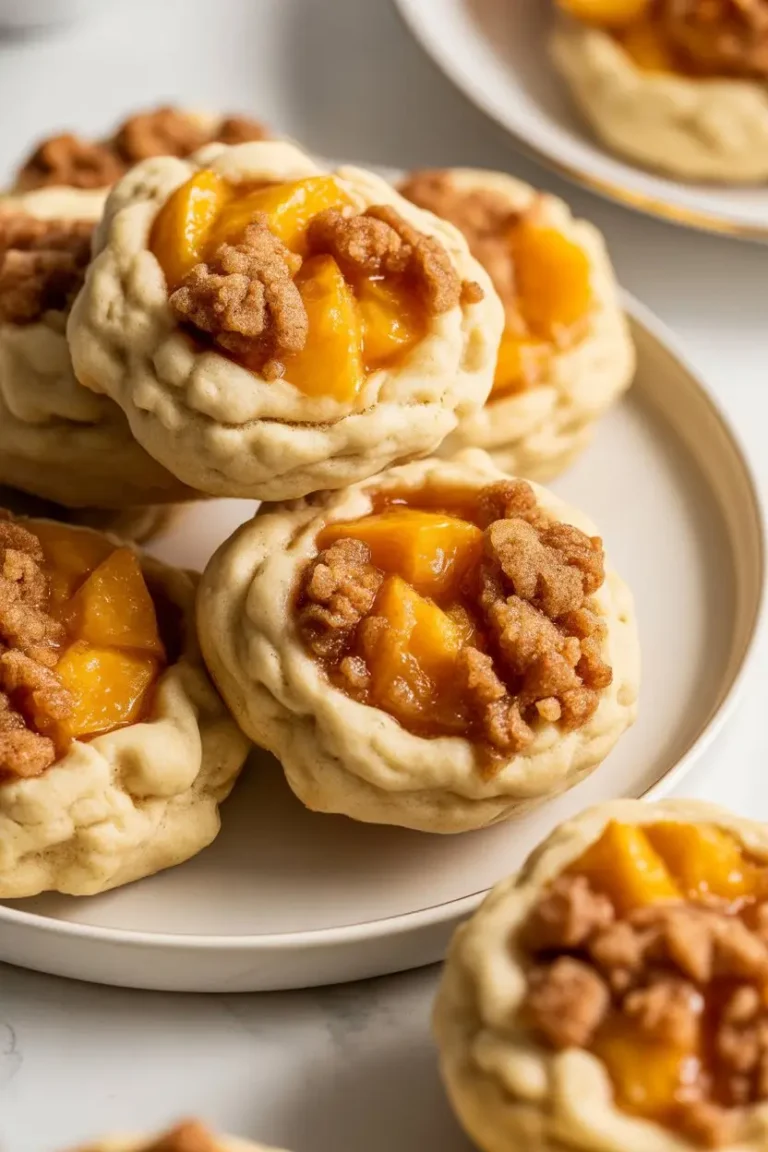
Ever have a dish completely rewire your brain? One that grabs you by the taste buds and just refuses to let go?
For me, it’s Pad Kee Mao. Drunken Noodles. My first real taste, hunched over a plastic stool at a Bangkok night market, was an absolute game-changer. It was pure, beautiful chaos in a bowl.
Let’s just kill a myth right now: there’s zero booze in the recipe. The “drunken” part is all about the vibe—it’s either the perfect thing to eat after a few drinks, or the flavor is so wild it feels like a party. Your call.
Forget the sad, sugary takeout versions. We’re making the real thing. The kind that’s fiery, fragrant, and so good you’ll wonder why you ever ordered out.
The Mission: Ingredients
The magic here is all in the freshness. A trip to an Asian market is your best friend for this recipe, and I promise, it’s worth the effort.
- Noodles: About a pound of fresh wide rice noodles (sen yai). The dried ones work in a pinch, just follow the package directions.
- Protein: Half a pound of chicken thighs, sliced thin. Or shrimp. Or tofu. We’ll get to that.
- The Heat & Soul: 6-8 garlic cloves, roughly chopped (seriously, don’t be shy), and 3-5 Thai chilies. You are the captain of your own spice level.
- The MVP: A big, packed cup of holy basil. This is NOT Thai sweet basil. It has a peppery, clove-like kick that makes the dish what it is. It’s a non-negotiable.
- Veggies: A cup of Chinese broccoli (gai lan) and half a red bell pepper, both sliced up.
- Oil: A few tablespoons of something that can handle high heat, like canola or grapeseed oil.
The Sauce That Brings It All Together
This is your flavor bomb. Just mix it all in a little bowl beforehand. You won’t have time later.
| Ingredient | Amount |
| Oyster Sauce | 2 tbsp |
| Dark Soy Sauce | 1 tbsp |
| Light Soy Sauce | 1 tbsp |
| Fish Sauce | 1 tsp |
| Sugar | 1 tsp |
Things I Learned The Hard Way
I’ve messed this up so you don’t have to. Pay attention to these little details—they make all the difference.
- Prep your stuff. All of it. Stir-frying is a high-speed sport. Have every single thing chopped, measured, and sitting by the stove. It’s called mise en place, and for this, it’s the law.
- Get the pan HOT. I mean screaming hot. You want that “wok hei”—a smoky char you just can’t fake. The oil should shimmer the second it hits the pan. Don’t crowd it, either; cook in batches if you have to. Sear, don’t steam.
- Handle noodles with care. If they’re a solid brick, zap ’em in the microwave for 30 seconds or dunk in warm water to loosen them up. Then gently pull them apart *before* they go in the wok.
- Basil goes in last. Always. The heat is OFF. You toss the holy basil in at the very end. Its job is to wilt in the residual heat, not to cook. This keeps that amazing peppery fragrance alive.
Your Arsenal
- A wok or a big, heavy skillet
- Spatula
- Cutting board & knife
- A small bowl for the sauce
Make It Your Own (Substitutions)
This recipe is built to be flexible. Here’s how you can play around with it.
| Original | Try This Instead |
|---|---|
| Chicken | Shrimp, beef, ground pork, tofu |
| Wide Rice Noodles | Pad Thai noodles, pappardelle (fusion!) |
| Chinese Broccoli | Baby corn, mushrooms, snap peas |
Let’s Cook: The 15-Minute Sprint
Got your prep done? Good. This part moves fast.
Step 1: Get that wok or skillet on high heat until it’s almost smoking. Add oil, swirl it around.
Step 2: Toss in the chicken. Let it get a nice char on one side, then stir-fry until just cooked. Pull it out and set it aside.
Step 3: Add the garlic and chilies. Stir like mad for about 30 seconds. The smell should be incredible. Don’t let the garlic burn!
Step 4: Throw in the broccoli stems and bell pepper. Stir-fry for a minute or two. You want them crisp, not soggy.
Step 5: Add the noodles, then pour the sauce all over. Toss everything together until every noodle is coated. Be firm but don’t shred them.
Step 6: Add the cooked chicken back in, along with the leafy parts of the broccoli. Give it one last toss to heat through.
Step 7: KILL THE HEAT. Now, throw in all the holy basil. Toss it just enough to wilt it. Done.
Step 8: Serve it immediately. Right now. Don’t wait.
The Nitty-Gritty: Swaps & Pairings
Look, this isn’t exactly diet food, clocking in around 600-700 calories per serving. It’s a glorious, hearty meal. But you can make some tweaks.
| Dietary Need | Easy Swap |
|---|---|
| Gluten-Free | Use tamari; check your oyster sauce. |
| Vegetarian/Vegan | Use tofu; find vegan oyster/fish sauce. |
As for what to drink? A cold beer, like a Singha, is perfection. It just cuts through the heat and richness in a way that feels right.
Leftovers? If You Have Any…
It’s honestly best straight out of the wok. But if you have leftovers, they’ll keep in the fridge for a couple of days. My trick for reheating is to toss them in a hot, lightly oiled pan for a minute to loosen them up.
Frequently Asked Questions
Q1. Why did my noodles turn to mush?
Ans: Ugh, the worst, right? You probably over-soaked them or you were a little too aggressive with the tossing. Be gentle!
Q2. I can’t find holy basil. Can I just use regular basil?
Ans: Please don’t use Italian basil. You can use Thai *sweet* basil, but just know it’ll taste different—more licorice-y, less peppery. It’s still good, just not really Pad Kee Mao.
Q3. Is it supposed to be this spicy?
Ans: Yep, traditionally it packs a punch. But you’re the chef! Start with just one chili if you’re nervous. You can always add heat, but you can’t take it away.
Go Forth and Cook
So there it is. The secrets to one of the greatest noodle dishes ever created. It’s more than food; it’s a whole mood.
It’s the sizzle, the smell, the whole experience. I really hope you try it. Let me know how it goes—tell me if you went full-throttle on the chili.



